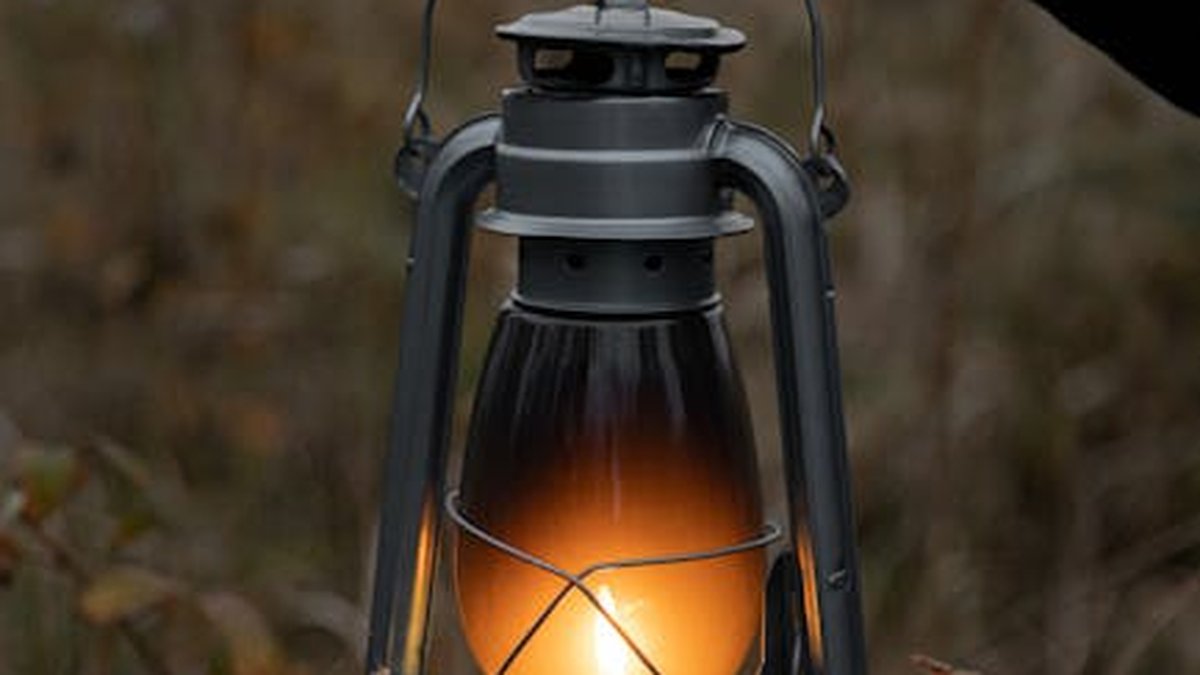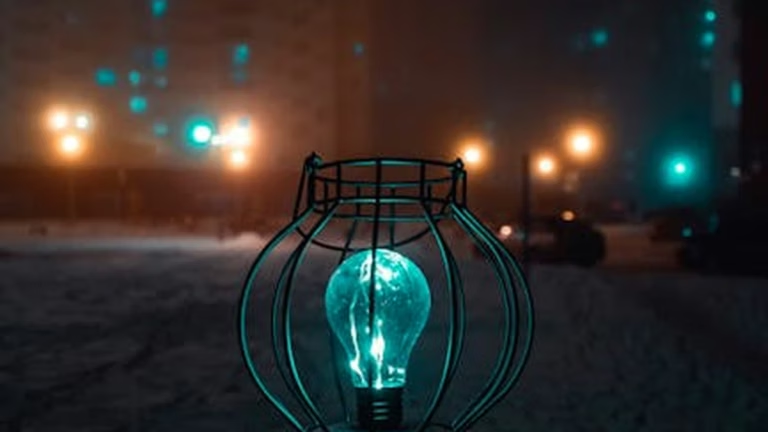Combatting Seasonal Affective Disorder (SAD): Light Therapy & Lifestyle Adjustments for Fall
As the days grow shorter and the leaves begin to fall, many of us anticipate cozy sweaters, pumpkin spice lattes, and the joy of the holiday season. However, for some, this time of year brings a different set of emotions – a sense of sadness, fatigue, and a general lack of motivation. This could be Seasonal Affective Disorder (SAD), a type of depression related to changes in seasons. But don’t despair! With the right knowledge and proactive strategies, you can effectively combat SAD and enjoy the beauty of fall and winter.
Understanding Seasonal Affective Disorder (SAD)
SAD is more than just a case of the “winter blues.” It’s a recognized mood disorder linked to the decrease in sunlight during the fall and winter months. While the exact cause isn’t fully understood, researchers believe it’s related to disruptions in your circadian rhythm (your body’s internal clock), reduced serotonin levels (a neurotransmitter that affects mood), and changes in melatonin production (a hormone that regulates sleep).
Symptoms of SAD
SAD symptoms can vary from person to person, but some common signs include:
- Persistent sadness or low mood
- Loss of interest or pleasure in activities you once enjoyed
- Changes in appetite or weight (often craving carbohydrates)
- Fatigue and low energy
- Difficulty concentrating
- Sleep problems (oversleeping or insomnia)
- Feelings of hopelessness or worthlessness
- Irritability
Light Therapy: Shining a Light on SAD
Light therapy, also known as phototherapy, is a common and effective treatment for SAD. It involves sitting in front of a special light box that emits a bright, full-spectrum light similar to sunlight. This light helps to regulate your circadian rhythm and boost serotonin levels, alleviating SAD symptoms.
How to Use a Light Box
Here are some tips for using a light box effectively:
- Choose the right light box: Look for a light box that emits 10,000 lux (a measure of light intensity) and filters out harmful UV rays.
- Timing is key: Use the light box first thing in the morning for about 20-30 minutes. Consistency is important.
- Proper positioning: Place the light box about 12-24 inches away from your face, angled slightly to the side. You don’t need to stare directly at the light.
- Be patient: It may take a few days or weeks to notice a significant improvement in your symptoms.
- Consult your doctor: Always talk to your doctor before starting light therapy, especially if you have any eye conditions or are taking medications that increase light sensitivity.
Example: Imagine waking up each morning and spending 30 minutes reading a book or enjoying your coffee while sitting in front of your light box. This simple routine can make a significant difference in your mood and energy levels throughout the day.
Lifestyle Adjustments for Fall and Winter Well-being
In addition to light therapy, making certain lifestyle adjustments can significantly contribute to managing SAD.
Embrace the Outdoors (Even When It’s Cold!)
Even on cloudy days, getting outside for some fresh air and natural light can be beneficial. Bundle up and go for a walk, even if it’s just for 15-20 minutes. Consider activities like:
- Hiking in the woods
- Visiting a local park
- Simply sitting on a bench and enjoying the scenery
Stay Active
Regular exercise is a powerful mood booster. Aim for at least 30 minutes of moderate-intensity exercise most days of the week. This could include:
- Walking or jogging
- Swimming
- Yoga or Pilates
- Dancing
Maintain a Healthy Diet
Focus on eating a balanced diet rich in fruits, vegetables, whole grains, and lean protein. Limit processed foods, sugary drinks, and excessive caffeine. Consider adding foods rich in Vitamin D to your diet, such as fatty fish, eggs, and fortified milk.
Prioritize Sleep
Establish a regular sleep schedule and aim for 7-9 hours of quality sleep each night. Create a relaxing bedtime routine to wind down before sleep, such as taking a warm bath, reading a book, or listening to calming music.
Stay Socially Connected
Combat feelings of isolation by staying connected with friends and family. Make an effort to schedule regular social activities, even if you don’t feel like it. Consider joining a club or group that aligns with your interests.
Practice Mindfulness and Relaxation Techniques
Stress can exacerbate SAD symptoms. Incorporate mindfulness and relaxation techniques into your daily routine, such as:
- Meditation
- Deep breathing exercises
- Yoga
- Spending time in nature
When to Seek Professional Help
If your SAD symptoms are severe or interfere with your daily life, it’s important to seek professional help. A doctor or mental health professional can provide a diagnosis and recommend appropriate treatment options, such as medication or psychotherapy. Don’t hesitate to reach out for support – you don’t have to go through this alone.
Example: If you find yourself consistently missing work, withdrawing from social activities, or experiencing suicidal thoughts, it’s crucial to seek professional help immediately.
Combatting Seasonal Affective Disorder requires a multi-faceted approach. By understanding SAD, utilizing light therapy effectively, and making positive lifestyle adjustments, you can take control of your well-being and thrive throughout the fall and winter months. Remember to be patient with yourself, prioritize self-care, and seek professional help when needed. Embrace the season, and enjoy the beauty and joy it has to offer!






